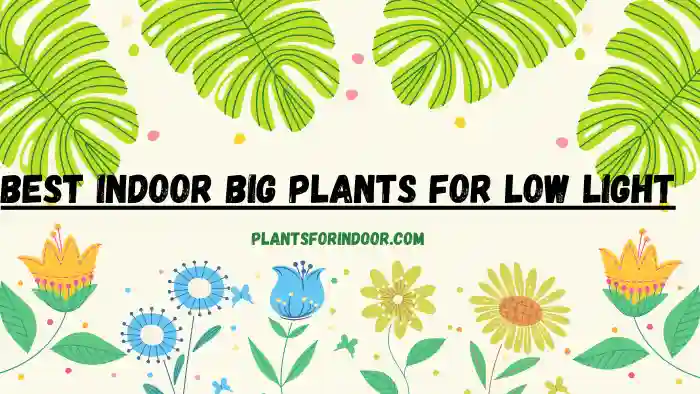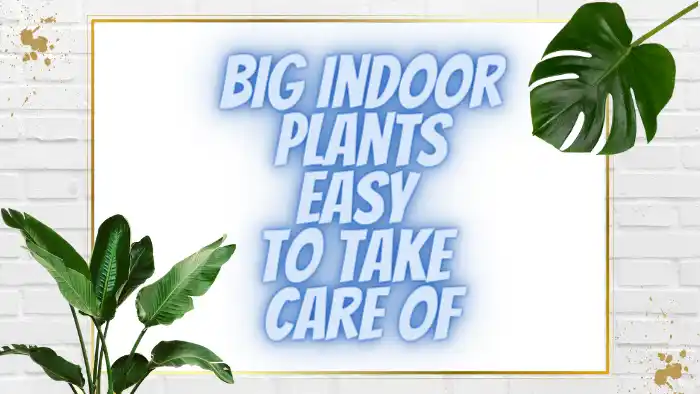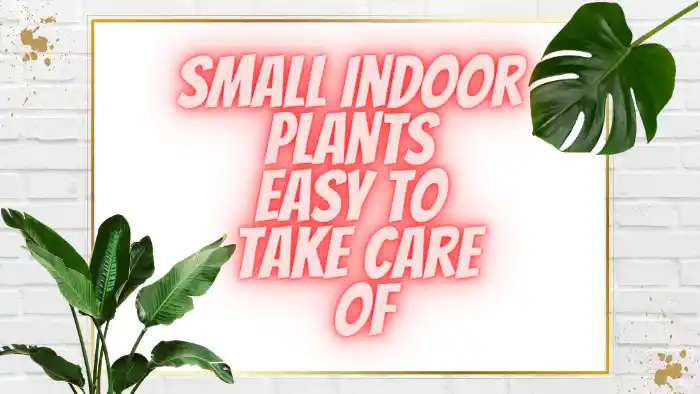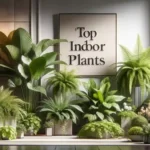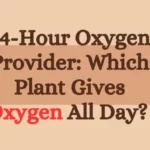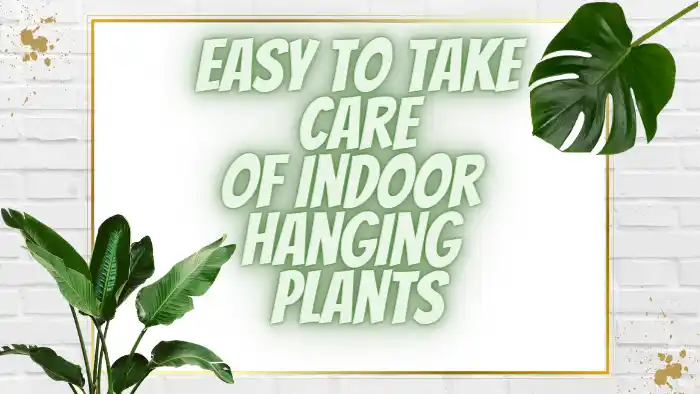Indoor plants are popular and have many benefits. They add beauty and help with health.
But it can be hard to find big plants that can grow in low light.
Luckily, there are some big indoor plants that can thrive in low light. They add greenery and clean the air.
Some Best Indoor Big Plants for Low Light is ZZ plant, snake plant, and peace lily.
These plants are easy to care for and look unique.
Pros:
- Indoor big plants with low light can significantly improve indoor air quality by absorbing toxins and releasing oxygen.
- They add an aesthetically pleasing element to your interior décor, contributing to a more calming and serene ambiance.
- These plants are typically easy to care for, requiring minimal watering and maintenance, making them perfect for busy homeowners.
- Big indoor plants provide a feeling of connection with nature which can lower stress levels and improve overall mood.
- A wide variety of large indoor plants like Snake Plant or ZZ plant thrive in low light conditions, offering many options to choose from.
Cons:
- Some big indoor plants may grow too large for their space if not regularly pruned or properly cared for.
- Certain types of these plants can be toxic to pets or small children if ingested, which could pose safety risks.
- Overwatering is common with these types of plants as they require less water due to the reduced light exposure, potentially leading to root rot.
- Some large indoor low-light tolerant species may attract pests such as flies or spider mites which can be difficult to eliminate.
- Some people may find it challenging finding the right spot that provides the optimal balance between too much and too little light for these types of plants since they need indirect sunlight but cannot tolerate direct sun exposure.
Ideal Conditions for Indoor Plants
Indoor plants are a good addition to homes or offices, but they need the right conditions to grow well.
Here are some ideal conditions for indoor plants:
Lighting
Lighting is crucial for indoor plants. Most plants require bright, indirect light to grow well. However, certain plants like snake plants and ZZ plants can handle low light.
If natural light is unavailable, you can use artificial grow lights to give your plants the light they need.
Temperature
Indoor plants like temperatures between 60-75 F (15-24 C). Some plants, like succulents, can handle higher temperatures. Don’t put plants near drafts or vents, it stresses them.
Humidity
Indoor plants like more humidity, but it depends on the type of plant. If your home or office is dry, you can make it more humid by using a humidifier, putting water near the plant, or grouping plants.
Soil
Choosing the right soil for indoor plants is important for their health. Most indoor plants like soil that drains well.
Fertilizer
Indoor plants need fertilizer to grow. Choose the right fertilizer for your plant and follow the instructions.
Top Low Light Indoor Plants
Finding the right indoor plants for low light can be hard. Luckily, there are many big, beautiful plants that do well in low light.
Here are some of the best low light indoor plants to consider:
Snake Plant
The snake plant is a popular choice for places with low light because it is very tough and can handle different conditions.
It also cleans the air, so it’s good for bedrooms or offices. Snake plants can grow up to 4 feet tall and come in different colors and patterns.
Zamioculcas Zamiifolia
The ZZ plant, also called Zamioculcas Zamiifolia, is a good choice for people who want a plant that needs little care and can survive in low light.
Its leaves are thick and shiny, growing up to 3 feet long. It can go without water for weeks, making it ideal for frequent travelers or busy individuals.
Dracaena
Dracaena is a group of plants that are good for places with little light. They can grow up to 6 feet tall and have different colors and patterns.
They can also clean the air by getting rid of toxins.
Philodendron
Philodendrons are popular in low light areas. They come in different shapes and sizes, from small plants to long vines.
They are easy to care for and can handle different conditions, making them good for beginners.
Pothos
Pothos is a vine that hangs or climbs on trellises. It can handle low light and is very easy to care for.
Pothos plants come in different colors and patterns, from green to yellow and green.
These indoor plants are good for adding greenery to your home or office.
They are tough, easy to care for, and can clean the air. With some care, they can grow well even in the dark corners of your home.
Peace Lily
Peace Lily is a common indoor plant that can grow up to 4 feet tall and can survive in low light.
It has dark green leaves and produces pretty white flowers that can last for weeks.
Peace Lily also cleans the air by removing harmful toxins like formaldehyde, benzene, and carbon monoxide.
ZZ Plant
The ZZ Plant is a good choice for areas with little light. It grows slowly and can be up to 3 feet tall. Its shiny green leaves make a room look nice.
The ZZ Plant can survive in low light and dry conditions, so it’s easy to take care of for people who are busy.
Monstera Deliciosa
Monstera Deliciosa, also called Swiss Cheese Plant, is a popular indoor plant that can reach a height of 10 feet in ideal conditions. It thrives in bright, indirect light but can also handle low light.
The plant has large, shiny leaves with distinctive holes that give a tropical feel to any space. Monstera Deliciosa is also recognized for its ability to purify the air.
Spider Plant
Spider Plant is a popular indoor plant that can grow up to 2 feet tall and is great for low light conditions. It has long, thin leaves that grow in a rosette shape and makes small white flowers.
Spider Plant is also known for its ability to remove harmful toxins like formaldehyde and xylene from the air.
In summary, there are many large indoor plants that can do well in low light. Peace Lily, ZZ Plant, Monstera Deliciosa, and Spider Plant are some of the best options to bring a bit of green and life to any room.
Caring for Low Light Indoor Plants
Indoor plants have different needs. Some like bright sunlight, while others prefer low light. If you want a big indoor plant for a low light area, here are some tips to care for it.
Watering
Overwatering is a common mistake when caring for indoor plants. Low-light plants need less water than sun-loving plants.
When you do water, make sure to drain the excess water from the pot.
Temperature
Low light plants like temperatures between 60-75 F (15-24 C). They can handle cooler temperatures but don’t put them in drafts or sudden temperature changes.
Move plants away from windows in colder months to prevent damage from the cold.
Humidity
Plants that thrive in low light need more humidity.
If your home is dry or lacks humidity, use a humidifier near your plant or place a tray of water nearby to increase the air’s moisture.
Fertilizing
Low-light plants need less fertilizer than plants that prefer sunlight, but they still benefit from occasional feedings.
In the spring and summer, fertilize your plant every 4-6 weeks with a balanced, water-soluble fertilizer. In the fall and winter, you can fertilize every 6-8 weeks.
Follow the instructions on the fertilizer package to avoid harming your plant.
By following these tips for watering, temperature, humidity, and fertilizing, you can help your low-light indoor plant thrive in its new home.
Conclusion
In conclusion, there are many great indoor plants that can thrive in low-light conditions.
These plants not only look nice indoors, but they also do well in spaces with little natural light.
By choosing the right plants, you can create a green and lively atmosphere even in areas with very little sunlight.
Frequently Asked Questions
Which are the best indoor big plants for low light conditions?
The snake plant, ZZ plant, pothos, peace lily, and cast iron plant are great indoor plants for low light. They can handle low light and need little care.
How much light do these plants need to thrive?
These plants can grow in low light, but they still need some indirect light to be healthy. It’s best if they get 4-6 hours of indirect sunlight each day.
They can also survive with artificial light or indirect sunlight from a window.
Can these plants survive in completely dark rooms?
Don’t put these plants in dark rooms without any light. They can handle low light, but they still need some indirect light to make food and stay healthy.
If there’s no light at all, think about using fake plants instead.
How often should I water these indoor big plants?
Plants need different amounts of water depending on the type of plant, the size of the pot, and the environment.
It’s usually best to let the top layer of soil dry before watering again. Giving plants too much water can harm them, so it’s important to have good drainage and not let the soil get too wet.
Can I fertilize these plants regularly?
Plants need different amounts of water depending on the type of plant, the size of the pot, and the environment.
It’s usually best to let the top layer of soil dry before watering again. Giving plants too much water can harm them, so it’s important to have good drainage and not let the soil get too wet.
I am a Horticulture graduate and passionate gardener with expertise in identifying, growing, and caring for plants, trees, and seeds. With a focus on sustainable practices, they aim to promote environmental awareness and appreciation for the natural world.
